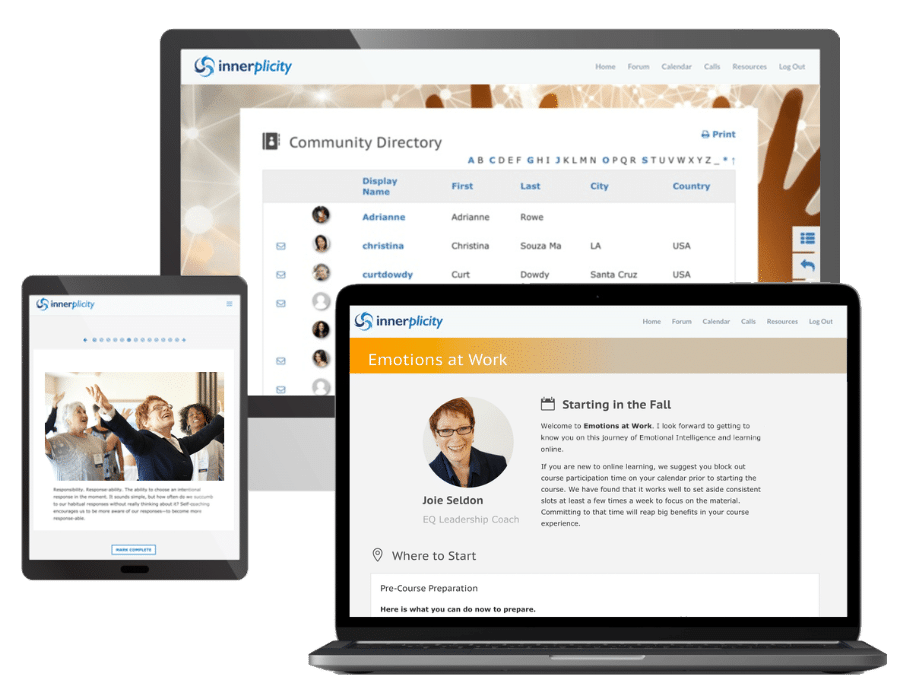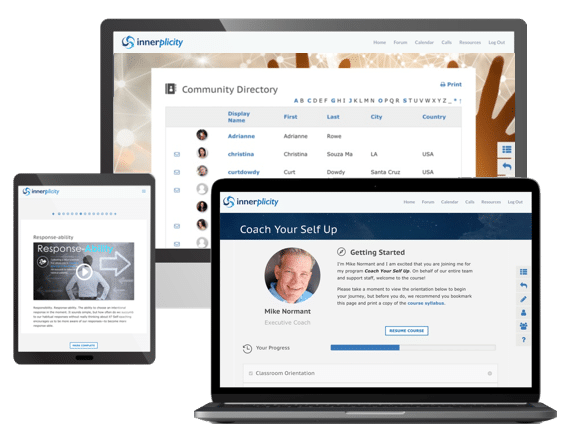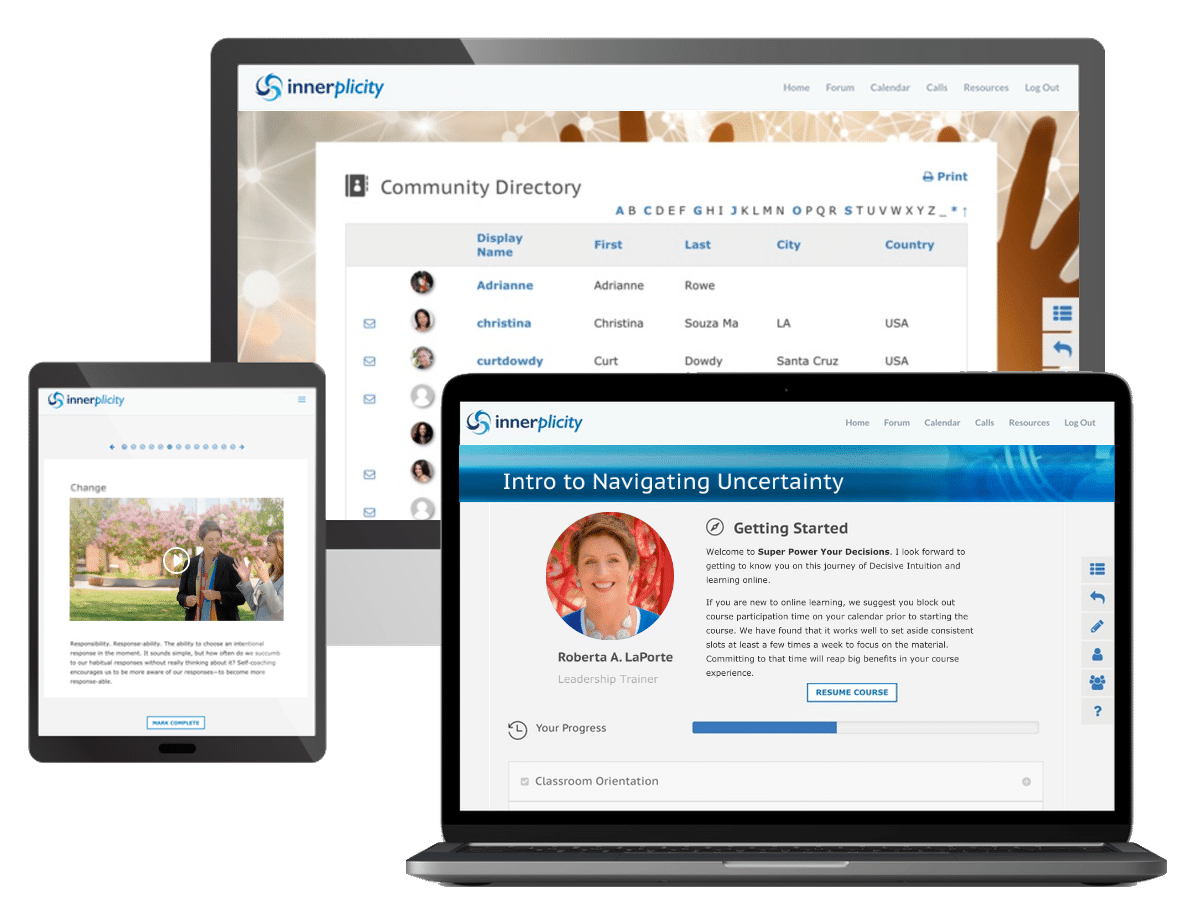Part 3 of 3 - 2 min - In my last blog, I talked about the difference between making statements...

Employee Wellness In Demanding Remote Careers

Employee Wellness In Demanding Remote Careers
– 4 min –
The COVID-19 pandemic has completely changed how people work. According to the Pew Research Center, approximately 59% of Americans are currently working from home all or most of the time.
While companies and employees have done their best to adapt to this new set-up, employee burnout and the resulting stress rank among the biggest challenges facing workers. This can negatively impact employee wellness as well as the overall productivity of the company as a whole.
Fortunately, there are some tools that you can implement to avoid such problems. As a manger, you may find the following tips helpful for ensuring employee wellness in demanding remote careers.
1. Flexible work schedules
Flexibility ranks among the greatest advantages of remote work, even for demanding jobs in healthcare, like nurse practitioners. The job requirements that come with being a nurse practitioner include but are not limited to assessing patient needs, interpreting diagnostic and laboratory tests, and coming up with treatment plans. The nurse practitioner jobs on the Wheel website show that these tasks can be done on a flexible schedule, and many remote nurse practitioners only have to report for duty on select days or hours of the week.
While healthcare can be a high-pressure environment, the flexibility of the work schedule can offset and balance out the demands of the job. So if you feel your employees are getting burned out, take a page out of this book and offer more flexible scheduling options that suit their needs.
2. Proper hardware and software
The best way to make sure your team can perform their duties remotely is to give them the basic tools they need for the job, such as updated programs and equipment. For example, this can be especially important for jobs like information security analysts. According to the U.S. Bureau of Labor Statistics, the demand for information security analysts in the U.S. is projected to grow 33% from 2020 to 2030. If these analysts work remotely but lack the resources, a company’s information system could easily be compromised. Ensuring the computer hardware and software programs employees use are updated means fewer headaches for them, and better security for the business.
3. Clear communication initiatives
Clearly communicating the team’s goals and objectives can help foster strong relationships between team members who are working remotely. For example, a teacher trying to come up with ways to deliver better remote classroom lessons can discuss ideas with other teachers, as well as IT and technical support, to improve teaching initiatives. Our previous piece entitled ‘What To Do When Your Team Is Stretched Too Thin’ suggested asking your team questions like:
- What do we need to achieve our goals?
- What do we already have?
- What are other ways these talents can be used?
By asking team members these questions, you are engaging them in the problem-solving process, which is a very powerful way to clearly communicate initiatives. The result is a product that has been developed by the team, as opposed to a directive sent out via email for workers to abide by.
4. Personal support benefits
Another great benefit of working from home is how it lets working parents stay at home and spend more time with their children. An article in The Washington Post points to data that 44% of workers in the U.S. prefer to continue working remotely, and few have chosen to voluntarily return to traditional in-office work. Being a working professional and a parent requires a good work-life balance, and remote working offers that benefit. Companies can help working parents by adjusting meeting times, shifting to output-based work, and even offering support for childcare.
5. Emotional and mental support
Managers can increase their communications with remote employees and provide emotional and mental support by doing regular check-ins. The U.S. Chamber Of Commerce recommends fostering communications via phone calls, instant messages, or video chats just to create a sense of normalcy to connect more with team members. When workers feel connected, they’re likely to be more productive.
Remote careers can be very convenient. However, just like any career, they can also be challenging, with their own unique set of demands. Hopefully, the suggestions listed above can help you ensure your employees are receiving the right support system and guidance to navigate through this new world of remote working.
Daisy Abbott
Daisy Abbott has 11 years of experience in human resource management. She currently lives in Boston with her husband and three kids, and enjoys writing in her spare time.
Trending
Making a True Commitment to Workplace Equity
Committing to a Strong DEI Statement
Part 2 of 3- 4 min - In my last blog, I talked about the difference between making statements...
B.O.S.S. Employees for Positive Motivation
- 3 min - A recent Florida State study found that 40% of people have experienced “bad...
Improve my decision making under uncertainty?
- 2 min - One of the concepts I've been studying for my new leadership book is what I call...
B.O.S.S. Employees for Positive Motivation
- 3 min - A recent Florida State study found that 40% of people have experienced “bad...
FEATURED COURSE
Emotions at Work
Strengthen your emotional intelligence to better navigate the complexity of emotions in ourselves and others. Enhance work relationships and minimize stress amidst the pressures of today’s fast-paced world.
On-Demand
Instructor-Led Course
8-Weeks Online
16hrs Est. Course time
Peer-group Networking














